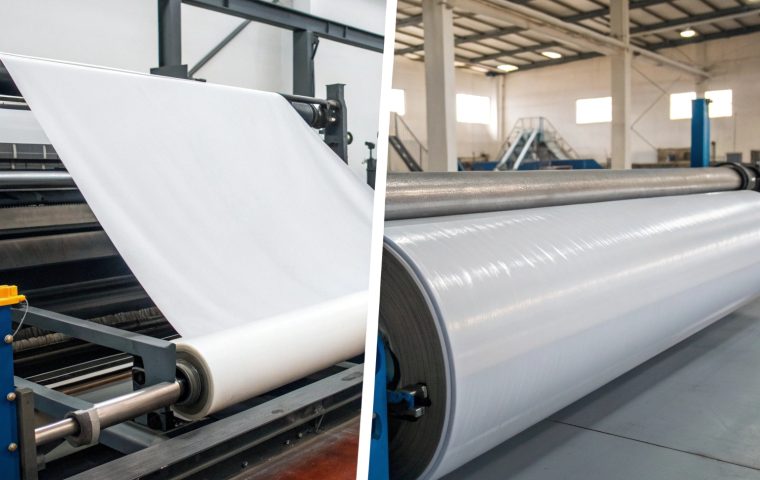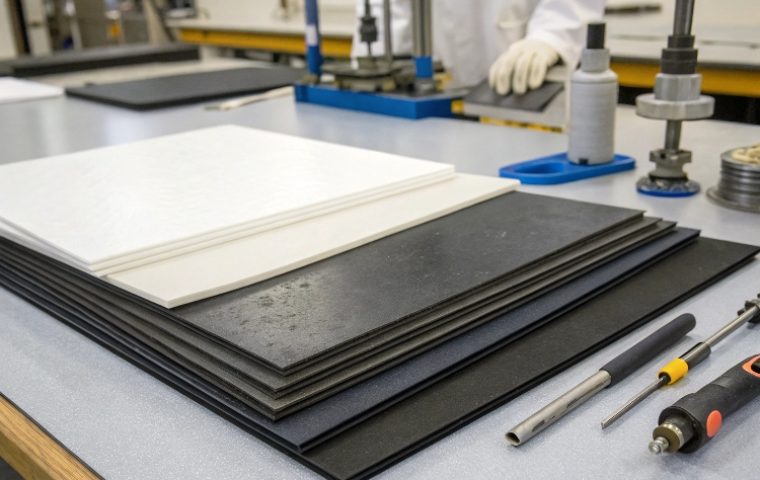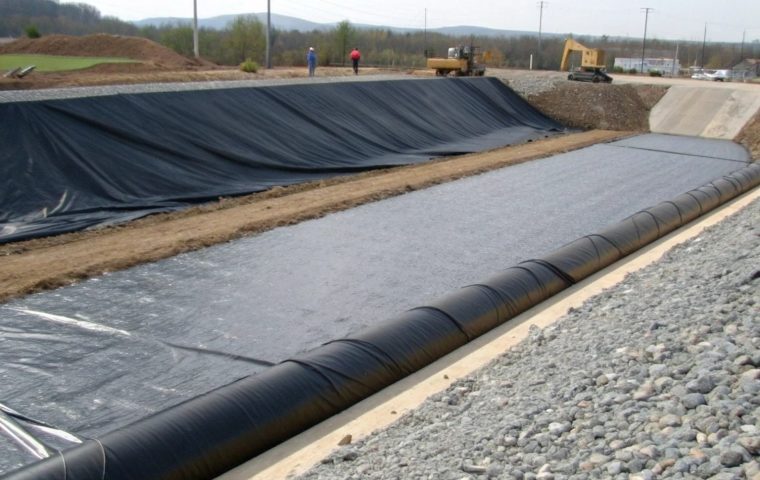Using the wrong HS code can cause costly customs delays, unexpected duties, and even seized shipments. This guide simplifies geomembrane classification to ensure your project materials arrive smoothly.
The correct HS code for standard, unreinforced geomembrane (HDPE, LLDPE, PVC) typically falls under Chapter 39 (Plastics), heading 3920. However, the final 8-10 digit national code is crucial. Textile-reinforced products may shift to Chapters 56 or 59. Always verify with a local customs broker.
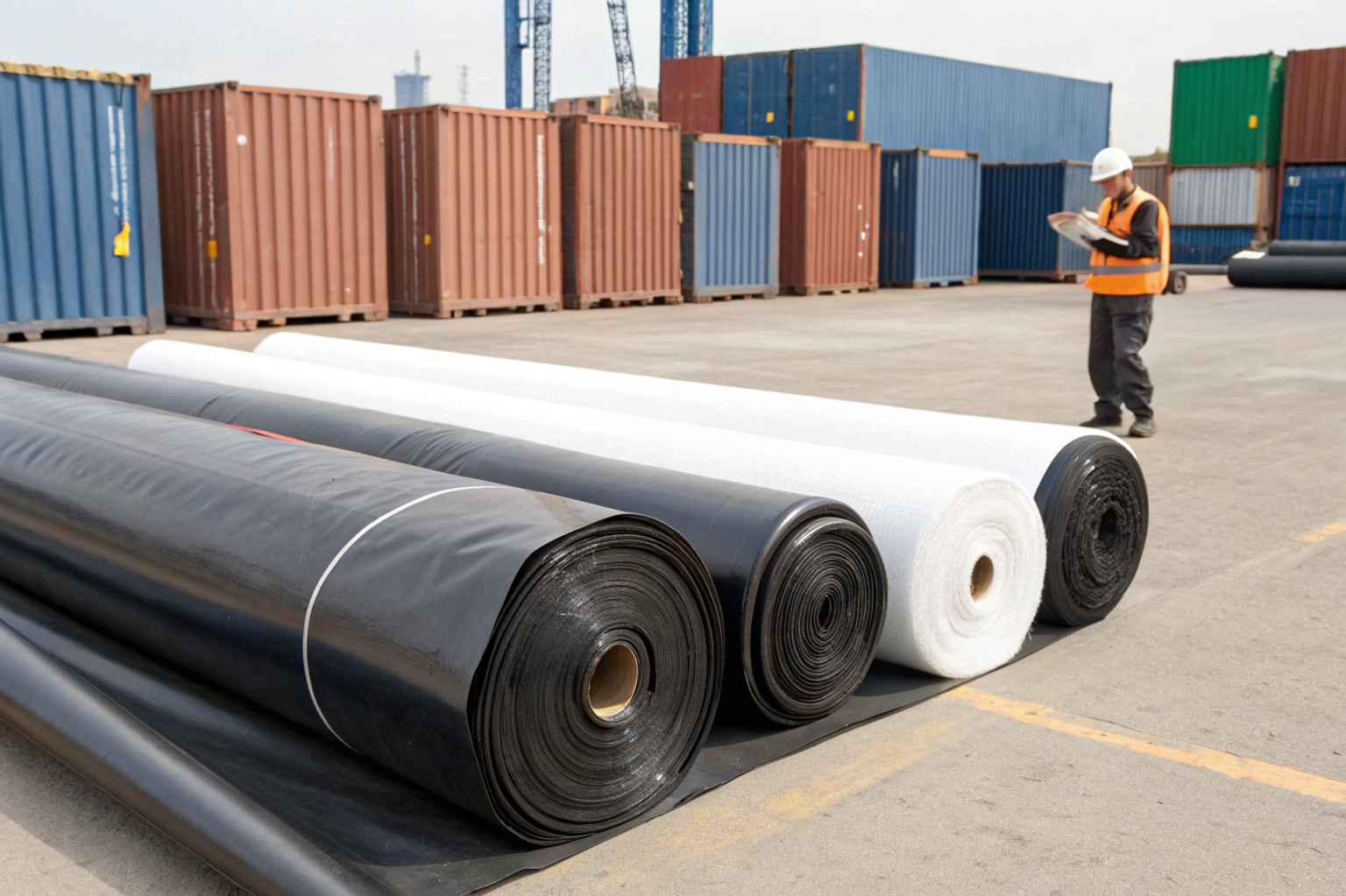
The Harmonized System (HS) code is more than just a number on a form; it's the global language of international trade that dictates tariffs, regulations, and import eligibility. While your supplier can provide a suggested code, the legal responsibility for correct classification ultimately lies with you, the importer. Getting this detail right from the start is one of the most effective ways to de-risk your international procurement process and protect your project's budget and timeline.
What is the correct HS code for HDPE, LLDPE, and PVC geomembranes?
Choosing an HS code feels like a blind guess. An incorrect choice leads to shipment holds and unexpected duties, disrupting your project before the material even reaches the site.
For unreinforced polyethylene geomembranes (HDPE, LLDPE), the starting point is HS heading 3920.10. For PVC, it's 3920.43 or 3920.49. Remember, these are only the first 6 digits; your country's specific 8-10 digit code is required for clearance.
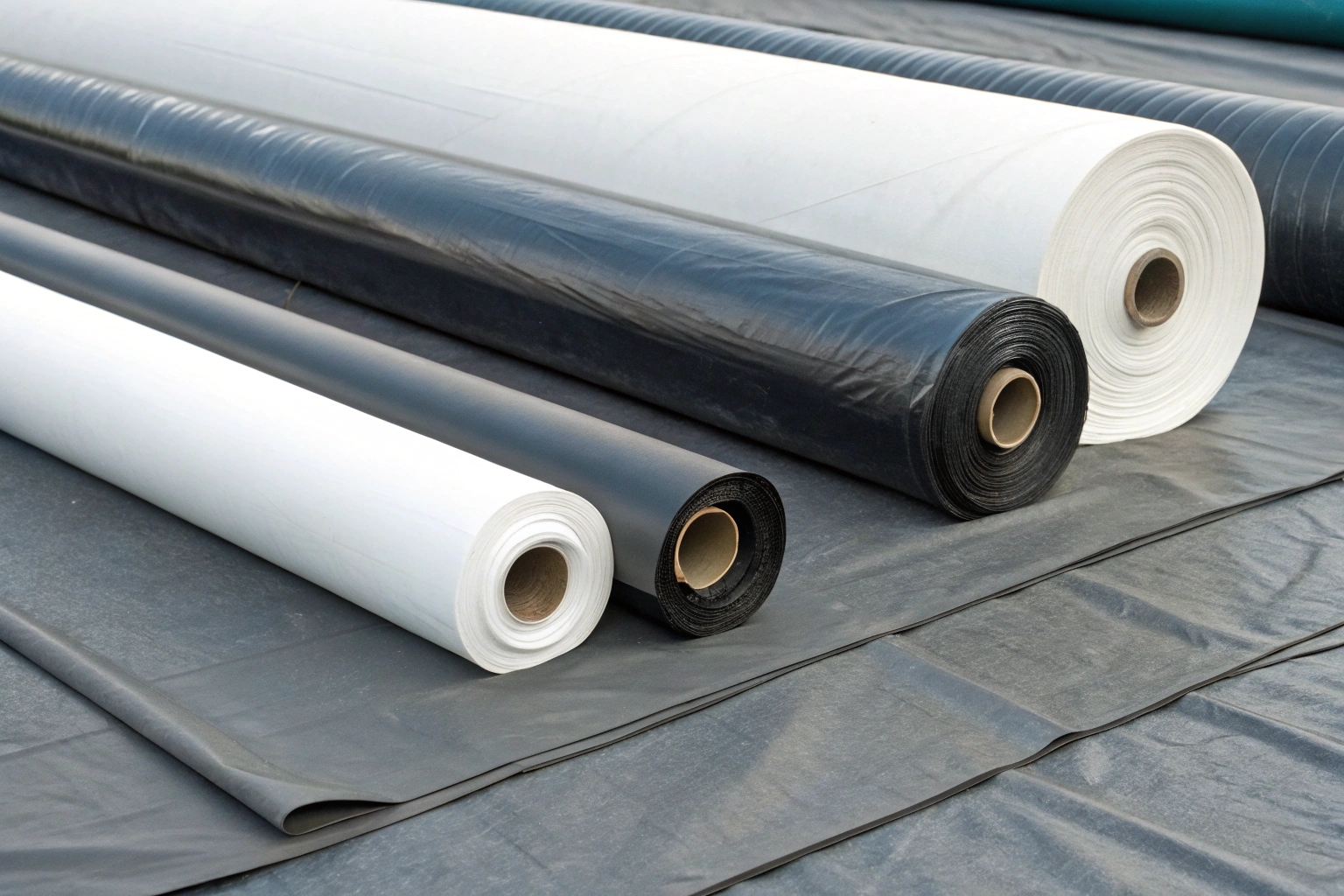
Most standard geomembranes are classified under Chapter 39 of the HS schedule, which covers plastics and articles thereof. The key is to narrow it down based on the specific polymer and form. The most common heading is 3920, for plastic sheets that are non-cellular and not reinforced.
| Material | Base HS Heading (6-Digit) | Description | Example National Suffixes |
|---|---|---|---|
| HDPE/LLDPE | 3920.10 | Plates, sheets... of polymers of ethylene | India uses 39201019 / 39201099 |
| PVC | 3920.43 / 3920.49 | Plates, sheets... of polymers of vinyl chloride | 43 (not plasticized) / 49 (other) |
| Polypropylene (PP) | 3920.20 | Plates, sheets... of polymers of propylene | Varies by country |
Always check your country's national tariff schedule for the final digits, as they specify the exact duty rate.
How do I determine the right HS classification for composite or coated geomembranes?
Your geomembrane is reinforced with fabric. Customs might now see it not as a plastic sheet, but as a textile product, risking misclassification and incorrect duty payments.
If a geomembrane is laminated with a textile (like a geotextile) that provides the "essential character," classification shifts to the textile chapters (56 or 59). This is a common point of confusion that trips up many importers, leading to compliance issues.
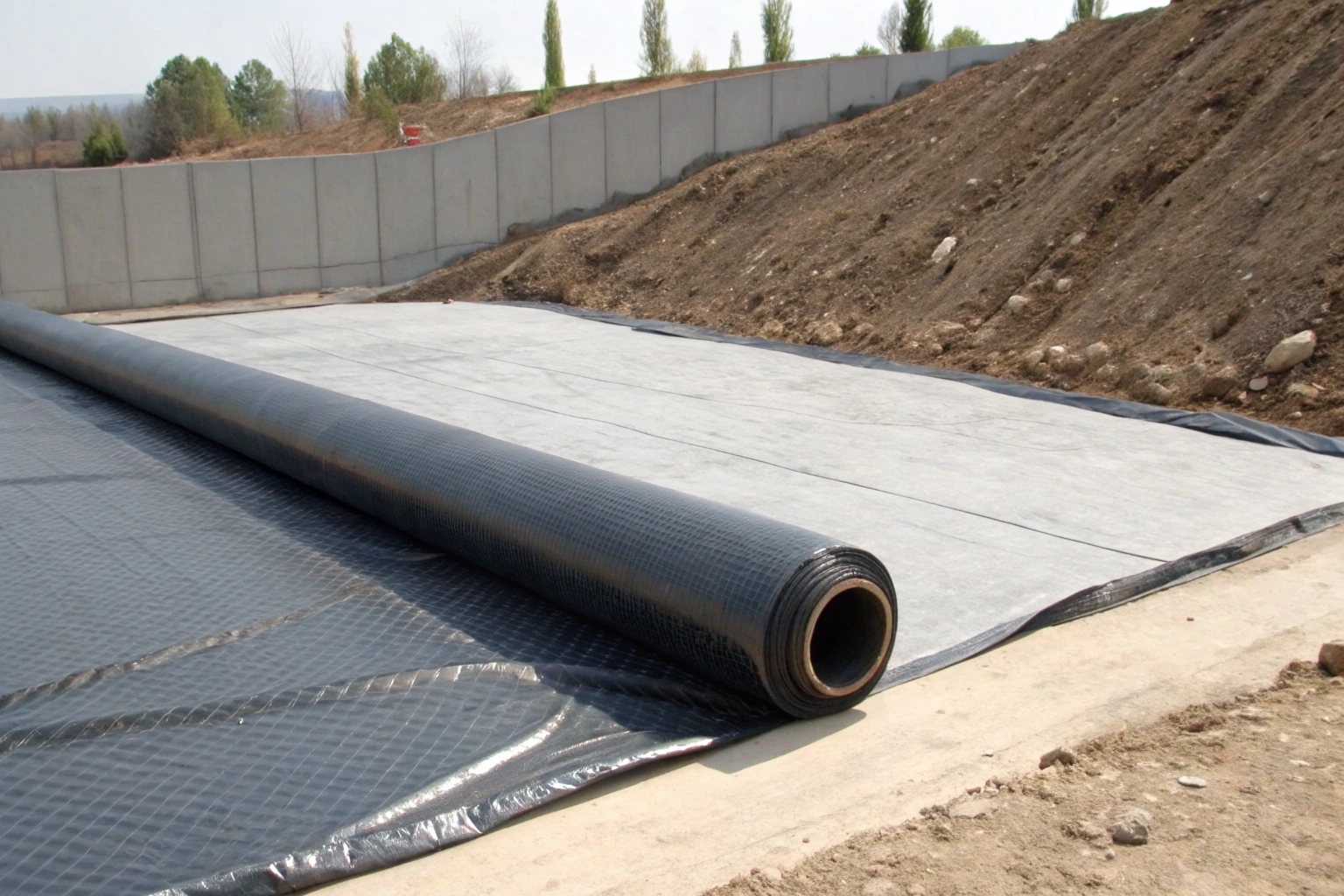
When a product is made of multiple materials, customs uses the "General Rules of Interpretation" to determine its primary identity or "essential character."
- Chapter 56 (Wadding, felt and nonwovens): If your product is a geomembrane permanently bonded to a thick nonwoven geotextile, it could be classified here. For example, some US customs rulings place such products under HTSUS 5602.
- Chapter 59 (Impregnated, coated, or laminated textile fabrics): If the geomembrane has an internal woven scrim for reinforcement or is coated onto a textile base, it often belongs in this chapter (e.g., heading 5903).
Why is accurate HS coding important for geomembrane import compliance?
Thinking the HS code is just another number for a form? This small oversight can lead to thousands in fines, confiscated goods, and ruined project timelines once the shipment reaches port.
Accurate HS coding is critical because it determines the correct import duty and taxes. It also dictates if your product is subject to anti-dumping duties, specific regulations (like chemical safety standards), or qualifies for preferential tariffs under Free Trade Agreements (FTAs).
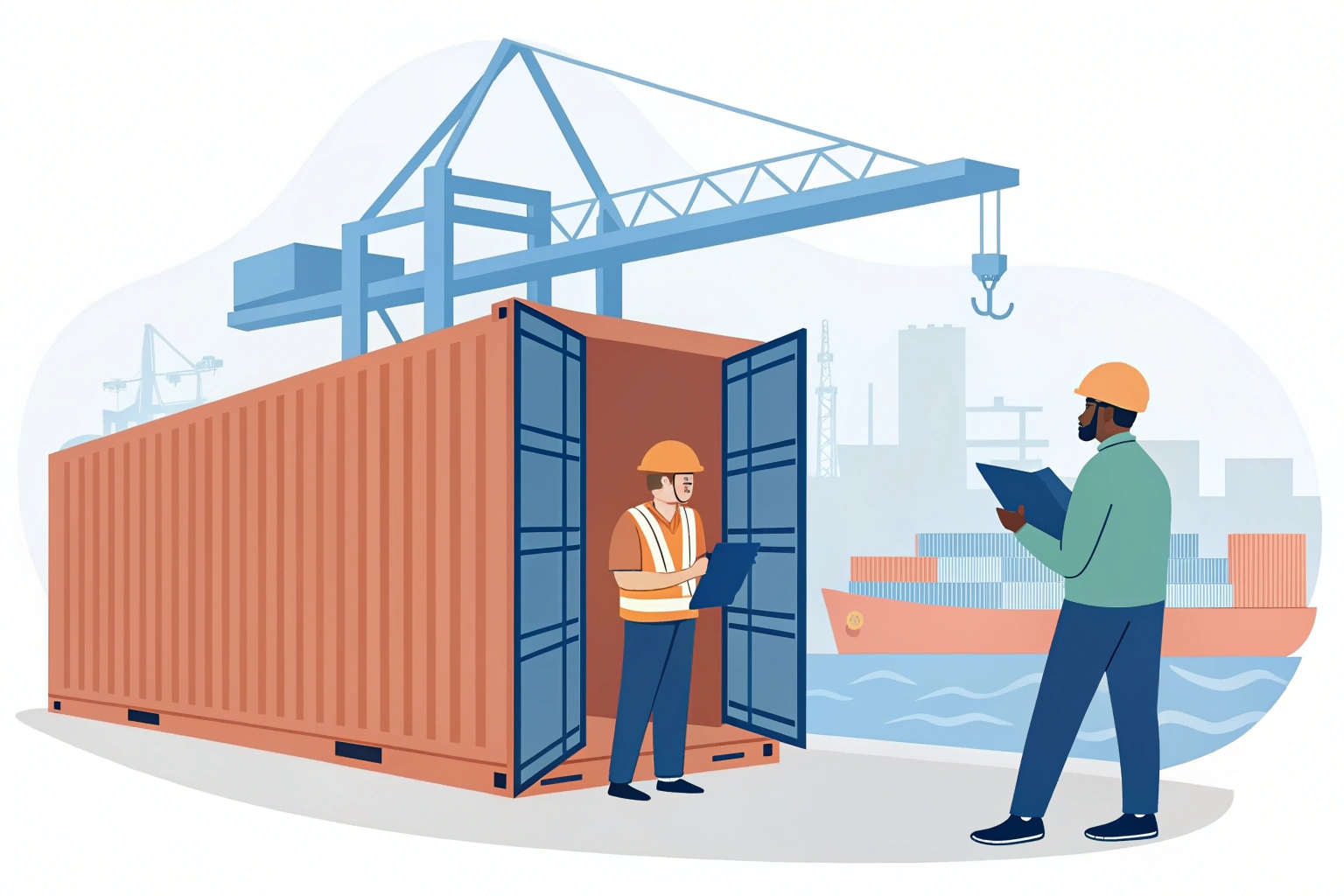
The HS code is the key that unlocks all other import requirements and costs. An incorrect code can have severe financial and logistical consequences.
Key Impacts of HS Code Classification:
- Duty and Tax Calculation: The code is directly linked to the duty rate (e.g., typically 5-15% for geomembranes) and any applicable VAT/GST.
- Free Trade Agreement (FTA) Eligibility: To claim a 0% duty rate under an FTA, your product's HS code must be listed in the agreement, and you must prove its origin.
- Regulatory Scrutiny: Certain codes automatically trigger checks for compliance with national standards or environmental regulations (e.g., REACH in the EU).
- Trade Remedies: If a country has imposed anti-dumping or countervailing duties on a type of plastic sheet, the wrong code could either subject you to them unfairly or be seen as an attempt to evade them.
How can I avoid customs issues or extra duties caused by incorrect HS codes?
Worried your shipment will get stuck at the port, accumulating demurrage charges? Proactive documentation and clear communication can prevent customs headaches before your container even leaves the factory.
Avoid issues by working with a customs broker to verify the full national HS code for your specific product. Provide them with a detailed Technical Data Sheet (TDS). For ambiguous composites, apply for a legally binding Advance Tariff Ruling from your country's customs authority before shipping.
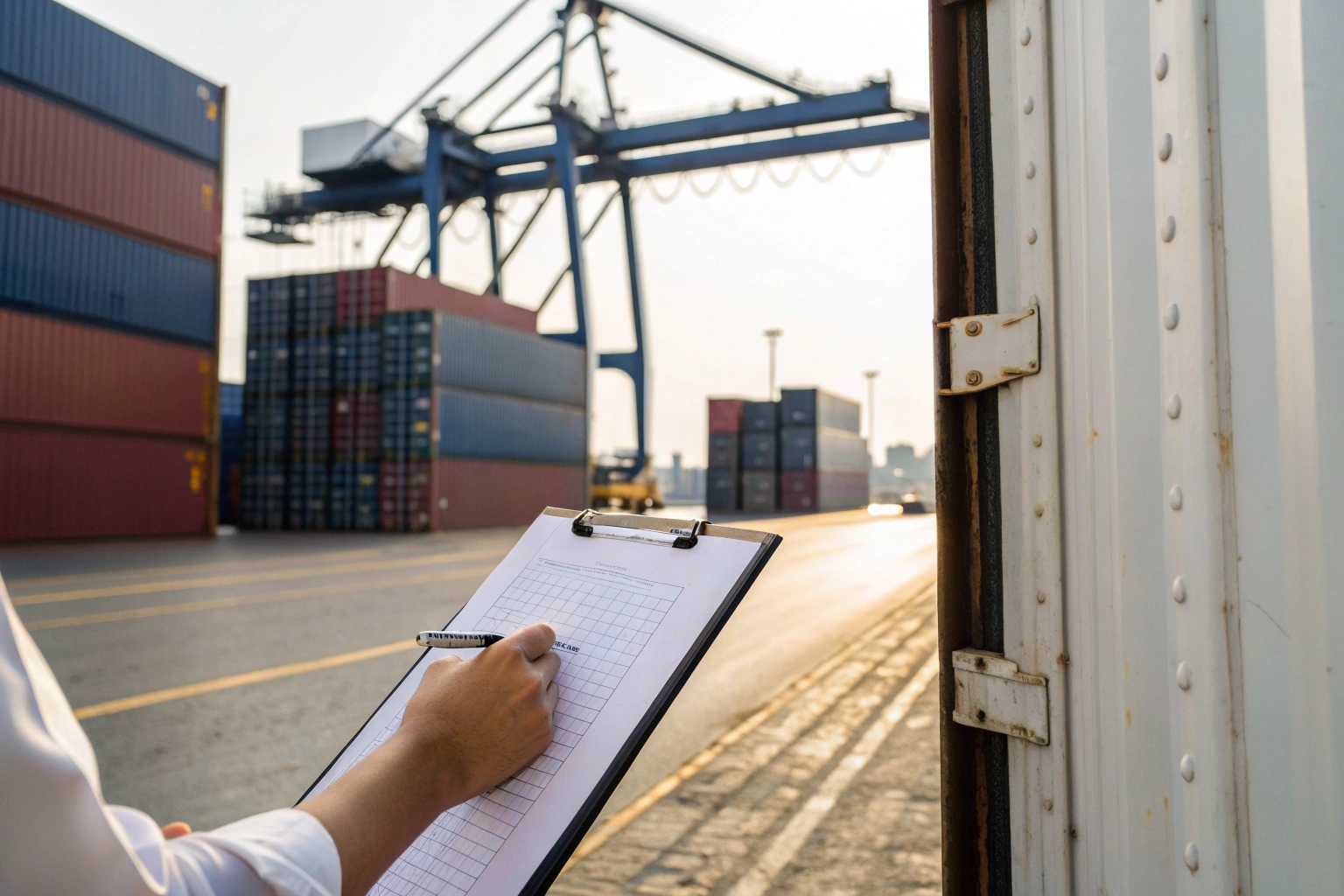
The best strategy is to establish certainty and create a clear paper trail.
Importer's Checklist for HS Code Compliance:
- Provide a Full TDS: Give your customs broker a complete Technical Data Sheet that specifies material composition (e.g., "97.5% HDPE, 2.5% Carbon Black"), thickness, and construction (e.g., "non-reinforced, non-cellular").
- Use Technical Descriptions: On the commercial invoice, describe the goods with customs-friendly language like "Sheets of non-cellular High-Density Polyethylene," not vague marketing terms like "pond liner."
- Request a Binding Ruling: This is the ultimate risk-reduction tool. A binding ruling from your customs agency provides a legally certain classification for your exact product for several years.
- Maintain a Dossier: Keep a file with the TDS, test reports, product photos, and any binding rulings to justify your classification if audited.
Conclusão
Accurate HS coding is non-negotiable for smooth imports. Verify codes locally with a broker, provide clear technical data to your supplier and customs, and seek advance rulings to avoid costly delays.

